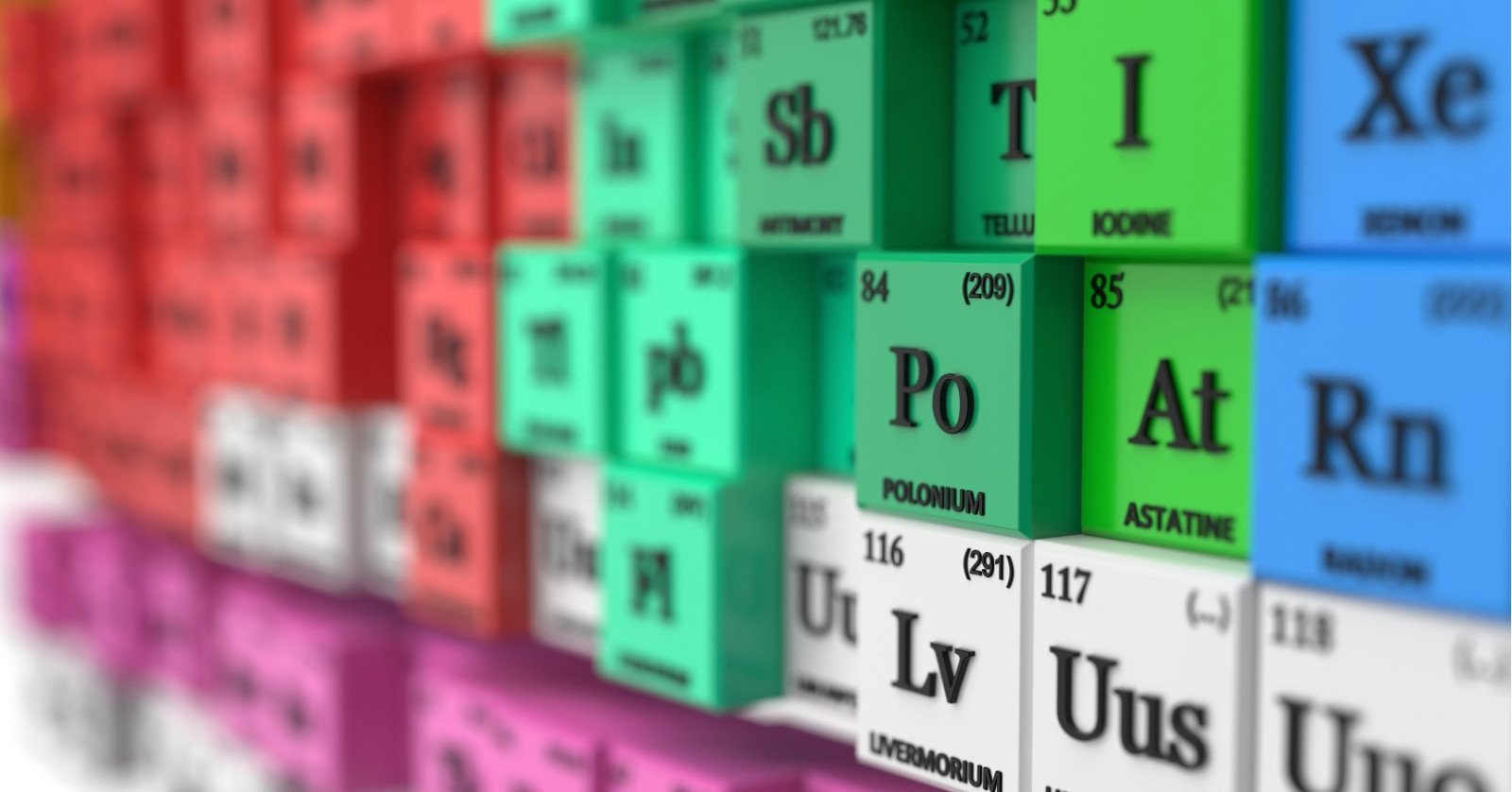Energy
Which atomic model is the most useful?
Learn more about the different models used to describe atoms and elements.

Overview
Models are used to describe the structure of the atoms that make up everything around us. This activity explores two models and invites you to decide which is the most useful.
Instructions
What you'll need
- "Atomic models" slideshow
- Digital projector and screen
- Display slide 2 of the "Atomic models" slideshow and invite your students to suggest which model of the structure of a school is the most useful. Briefly explain that models are used to represent or describe important information about systems and relationships.
- Invite students to share their decisions and thinking with the class. As students share, use their ideas to co-develop or present the criteria for a useful model shown on slide 3. The criteria for a useful model include:
- Accurately presents all the important information.
- Accurately shows the relationships between the parts and component.
- Adaptable and easily changed if the parts and components change.
- Show slide 4 and invite students to use the criteria to decide which model of the structure of a school is the most useful. Invite students to share their decisions and thinking with the class.
- Display slide 5 and invite students to suggest which model of an atom is the most useful. Invite students to share their decisions and thinking with the class. Encourage students to use the criteria to guide their thinking and explanations.
- Move to slide 6 and review the important information that a model of an atom should show.
- Display slide 7, and briefly explain the information about an atom of boron shown by the Bohr Model. Invite students to suggest which criteria are met by the Bohr Model.
- Show slide 8 and let your students know that this model shows the atom. Review the information described by the periodic table. Invite students to suggest which criteria are met by the Bohr Model.
- Move to slide 9 and ask students to decide which model of an atom is the most useful. Invite students to share their decisions and thinking, reminding them to use the criteria to guide their thinking and explanations.
Curriculum Fit
Grade 8 Science
Big idea
- The behaviour of matter can be explained by the kinetic molecular theory and atomic theory
Content
- Atomic theory and models
- Models can be used to represent:
- The arrangement and motion of particles in different phases
- The arrangement of and forces that bind protons, neutrons, and electrons in an atom
- The quarks and leptons in protons, neutrons, and electrons
- Models can be used to represent:
- Protons, neutrons, and quarks
- Protons and neutrons (made of quarks) are held together in the nucleus by a strong nuclear force
Curricular competencies
Questioning and predicting
- Demonstrate a sustained intellectual curiosity about a scientific topic or problem of personal interest
- Make observations aimed at identifying their own questions about the natural world
- Identify a question to answer or a problem to solve through scientific inquiry
Processing and analyzing scientific information
- Use scientific understandings to identify relationships and draw conclusions
- Construct and use a range of methods to represent patterns or relationships in data, including tables, graphs, keys, models, and digital technologies as appropriate
Evaluating
- Demonstrate an understanding and appreciation of evidence (qualitative and quantitative)
Applying and innovating
- Contribute to care for self, others, community, and world through personal or collaborative approaches
- Transfer and apply learning to new situations
Communicating
- Communicate ideas, findings, and solutions to problems, using scientific language, representations, and digital technologies as appropriate
Assessments
Assess your students’ abilities to:
- Use criteria to describe atomic models.
- Accurately describe the differences and similarities between atomic models.






